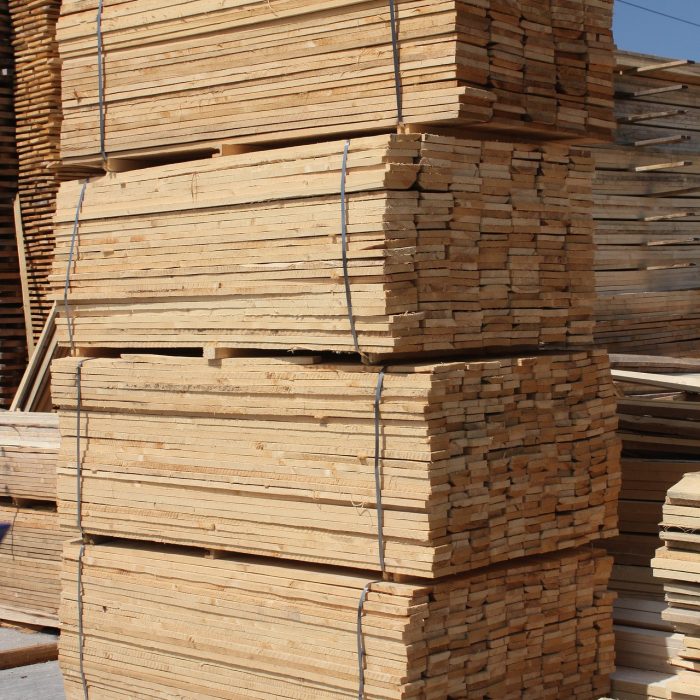Conclusion
Lumber drying kilns play a crucial role in the lumber industry by facilitating the efficient and controlled removal of moisture from wood. Throughout this blog post, we have explored the benefits of using lumber drying kilns, discussed different types of kilns, delved into the drying process, examined factors affecting drying time, and highlighted best practices and challenges. We have also compared kiln drying to air drying, outlining the advantages and considerations associated with each method.
Lumber drying kilns offer several advantages, including faster drying times, greater control and consistency, reduced defects, optimized space utilization, and the ability to produce high-quality, dried lumber with desired characteristics. Traditional kilns and advanced kilns with innovative features cater to different drying requirements, allowing lumber producers to choose the most suitable option based on their specific needs.
Factors such as moisture content, wood species, board thickness, environmental conditions, and end-use requirements all influence the drying time and outcomes within kilns. By understanding and managing these factors effectively, operators can optimize the drying process, minimize defects, and ensure the production of high-quality dried lumber.
Challenges, such as drying defects and maintaining proper airflow, can be mitigated through best practices, including monitoring moisture content, controlling humidity levels, implementing proper kiln loading and arrangement techniques, and investing in operator expertise and training. Regular quality control and inspection procedures help maintain the desired lumber quality and characteristics.
While kiln drying offers numerous advantages, it is important to consider the specific requirements of each situation. Air drying, although slower and less controlled, may be preferred for certain applications that prioritize a more natural or weathered appearance.
In conclusion, lumber drying kilns are indispensable tools in the lumber industry, allowing for efficient, consistent, and high-quality drying of wood. By employing the right kiln technology, following best practices, and understanding the factors influencing drying, lumber producers can optimize their operations, meet market demands, and deliver superior products to customers.
Thank you for reading this information on lumber drying kilns. We hope it has provided valuable insights into the importance, benefits, and intricacies of this essential process in the lumber industry.








